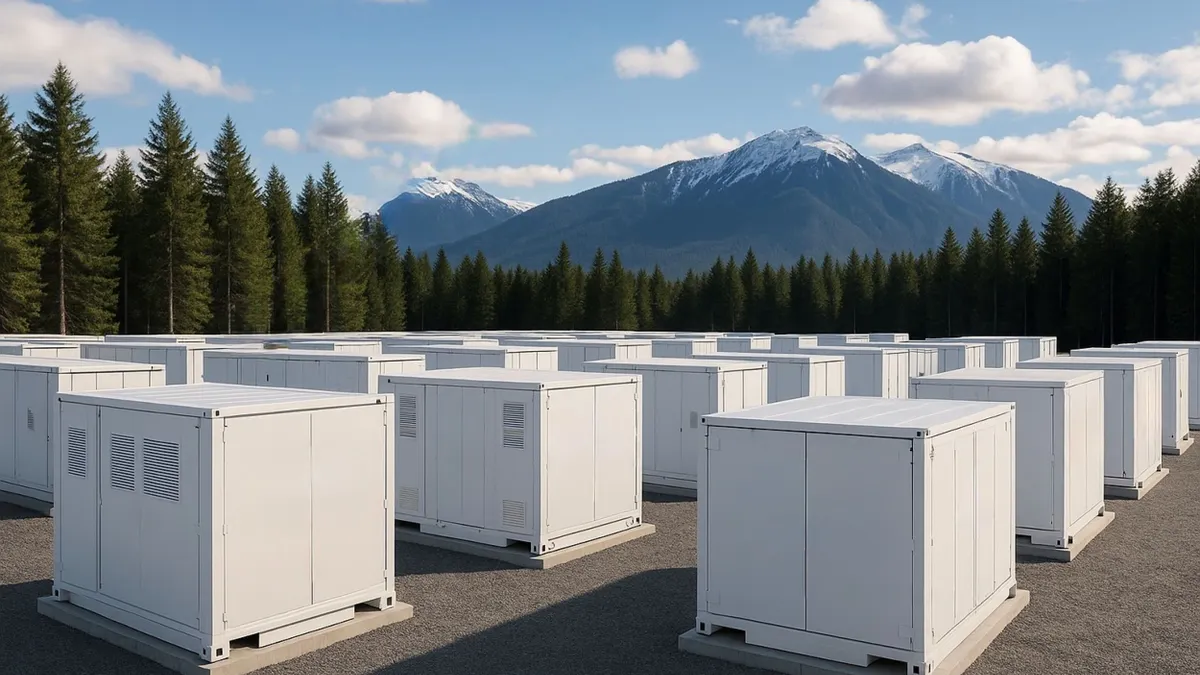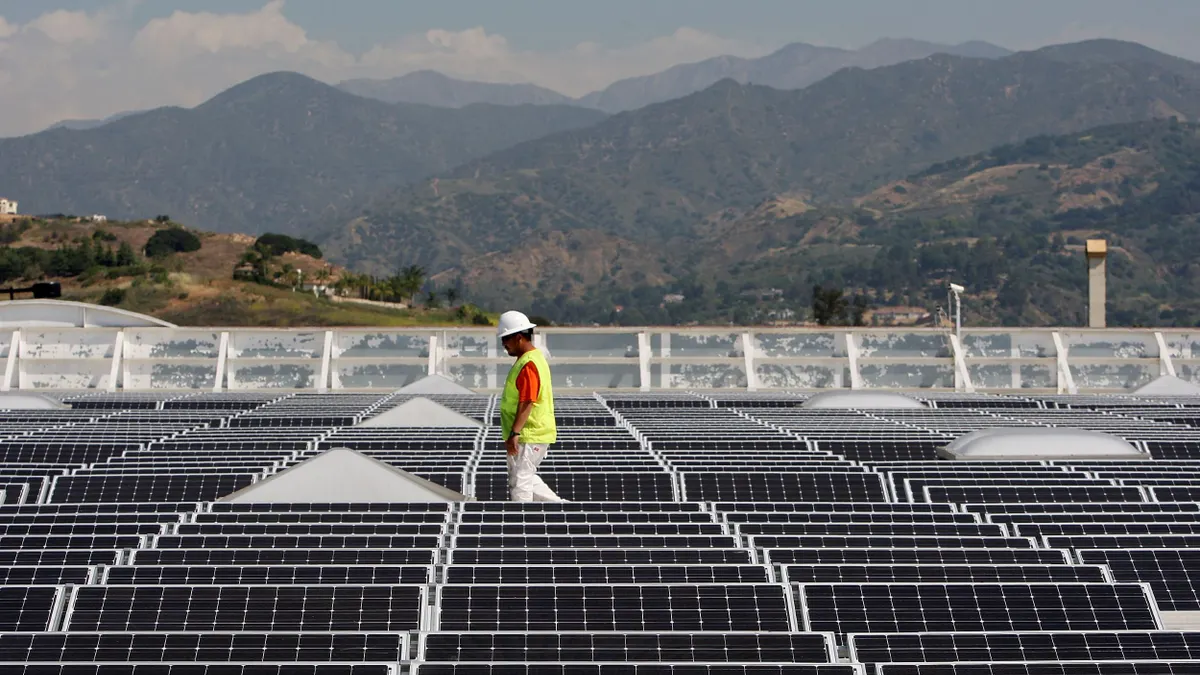We Energies' bid to acquire Integrys Energy Group is facing skepticism in Wisconsin, with consumer advocates and regulatory staff saying the companies have done little to quantify the deal's benefit.
The $9.1 billion merger, announced in June, aims to create a company with a regulated rate base of $16.8 billion, serving more than 4.3 million total gas and electric customers across Wisconsin, Illinois, Michigan and Minnesota. And according to We Energies, the deal will result in long-term savings across the next decade for consumers.
The combination would bring together Wisconsin Energy’s We Energies utility and Integrys’ Wisconsin Public Service, Peoples Gas, North Shore Gas, Minnesota Energy Resources and Michigan Gas Utilities.
The companies had expected to close the deal this summer, about a year after announcing the acquisition. But because of the breadth of the deal, the transaction will be subject to approval by the FCC and FERC, as well as Hart-Scott-Rodino Act conditions and regulators in four states. And it is unclear what the latest comments will do to the process' schedule in Wisconsin.
The march towards regulatory approval had appeared to be going smoothly: We Energies recently announced a deal to help solve the power crisis on Michigan's Upper Peninsula in return for the state's support for the deal. But in Wisconsin, the concern appears to be that benefit to that state's consumers is tough to quantify — if it exists at all.
One benefit Wisconsin Energy and Integrys have touted was the sheer size of the company. In a statement announcing the deal, the companies pointed to their "complementary geographic footprints" saying the deal created a "larger, more diverse regulated utility company."
But Kevin O’Donnell, a financial analyst with Nova Energy Consultants, said size and share value were the only reasons readily apparent for the merger. Actual benefit to consumers, he said, was tough to find. And he cited a lack of financial detail on the cost of the merger, which he called "unprecedented" given the size of the deal.
"The lack of even a basic financial analysis to ascertain possible acquisition savings is, to me, unprecedented given the fact that this merger is a $9.1 billion transaction," O'Donnell said in testimony filed on behalf of the Wisconsin Public Service Commission staff. "Basic fiduciary duty, in my opinion, mandates that in considering approval of the transaction, both boards should have been given financial figures detailing exactly how WEC (Wisconsin Energy Co.) was going to make the acquisition benefit stockholders."
Deal benefits shareholders, but is it good for consumers?
Shareholders appear to like the deal so far. Integrys Energy shareholders have already benefited, of course. The stock is up more than a third since the deal was announced, and now trades in the low $80-range. WEC's own stock price has risen from about $45/share to $56/share.
According to O'Donnell, utilities view mergers and acquisitions as a way to mitigate risk at a time when slowing load growth, rising renewables and higher capital costs have put pressure on the industry. Many observers speculate that such motives are behind the contentious Exelon-Pepco merger as well. But the key is to ensure both companies will benefit, and state regulators must ensure the deal fits their standard for public benefit.
"It is important to recognize that WEC chose to acquire Integrys Energy due to the simple financial fact that Integrys Energy offered the most value to the WEC shareholders," O'Donnell said. You can make the arguments that economies of scale and similar service territories will ultimately benefit consumers, he said. But the companies themselves have provided little detail as to how that would play out.
"In the end, the financial reality is that this transaction was acted upon for the betterment of stockholders and not necessarily consumers or the affected states in which the WEC and Integrys Energy utility subsidiaries operate," O'Donnell said.
Those sentiments were largely echoed by the Citizens Utility Board of Wisconsin, which filed testimony as well.
Richard Hahn, a principal consultant with La Capra Associates, said that based on his review of the deal "no quantifiable benefits to Wisconsin ratepayers have been identified. … The primary objective of the acquisition is to create a larger company with improved access to capital markets."
According to Hahn, conditions in the application do not go far enough to protect Wisconsin ratepayers. "There is a potential for the acquisition to cause harm to Wisconsin ratepayers," he said. "Because there are no identified benefits that will accrue to Wisconsin ratepayers, the proposed transaction is not in the public interest."
And the Wisconsin Industrial Energy Group (WIEG) filed testimony echoing those concerns. The companies "provided no evidence that customers will not be harmed, much less that they will benefit," said Lane Kollen, a utility rate and planning consultant and vice president and principal with Kennedy and Associates.
While Wisconsin Energy "claims that there will be benefits from the proposed acquisition, it has provided nothing more than general and vague descriptions of such potential benefits," Kollen said, "even though it must do so in order to meet statutory requirements. ... WEC expressly stated that it did not analyze whether the proposed acquisition would result in customer savings. It did not estimate transition costs or potential savings."
Kollen said WIEG could support the deal with the right conditions, but "the merger likely will result in increased rates, at least in the next few years, compared to the status quo, unless the Commission imposes specific hold harmless conditions."
Benefits?
According to Wisconsin law, the deal must be "in the best interests of utility consumers, investors and the public.”
There are a variety of ways to interpret that standard — lower rates or better reliability, perhaps — and officials at We Energies remain confident the deal is in the best interest of all parties. But they concede that the deal's benefits are long-term.
"We did not base the transaction of significant immediate synergies," said We Energies spokesman Bryan Manthey. "We do believe there will be strong customer benefits and additional efficiencies over time which will benefit customers."
The company has said consumers should expect benefits of 3% to 5% over the next five to ten years.
And another PSC staff witness, Kenneth Detmer, testified that hundreds of millions could be saved in long-term resource planning — and Manthey pointed out, "those savings would benefit customers."
Detmer, an advanced engineer with the PSC, said the potential savings "could be upwards of $600 million for long-term resource planning based on the combined companies’ larger generation portfolio. These estimated costs are debatable in granular detail, but the overall resulting judgment is likely to remain unchanged and that is there is an advantage to combining generating resources in overall generation expansion plans."






















